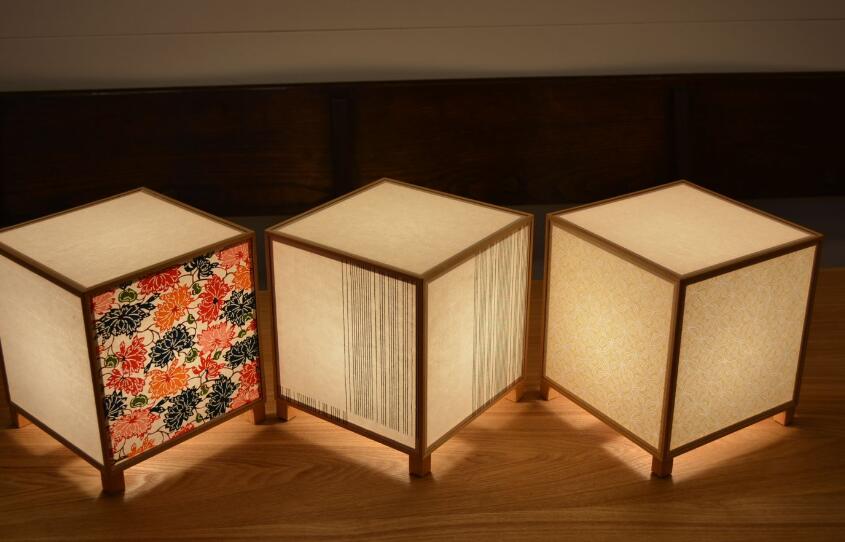Paper lamps have been a popular source of lighting for centuries, with designs that range from traditional and handmade to modern and futuristic. There are various types of paper commonly used in paper lamps, each with its own unique properties that make it suitable for different applications.
In this article, we will explore the characteristics of each type of paper for making paper lamps.
Rice Paper
One of the most popular types of paper is rice paper, which is often used in traditional Japanese lanterns. This type of paper is made from mulberry pulp and is known for its light weight and translucent qualities, making it ideal for diffusing the light in lanterns.
– Pros: Light weight, translucent, and traditional appearance.
– Cons: Not very durable and can tear easily.
Handmade Paper
Another commonly used paper for paper lamps is handmade paper, which can be made from a variety of plant fibers including cotton, hemp, and bamboo. This type of paper is often made with natural dyes and has a slightly rough texture, giving it a unique appearance when used in lamps. Handmade paper is also known for its durability, making it ideal for use in outdoor lamps.
– Pros: Unique texture, durability, and can be made from sustainable materials.
– Cons: More expensive than some other options.
Recycled Paper/Synthetic Paper
In addition to these traditional options, many contemporary paper lamps use alternative materials such as recycled paper or synthetic materials like Tyvek. Recycled paper can provide a low-cost option for creating environmentally friendly lamps.
– Pros: Environmentally-friendly and low-cost option.
– Cons: May not be as durable as other options, and may have less uniform texture and appearance.
Tyvek
Tyvek is a synthetic material that is sometimes used for paper lamps due to its waterproof and tear-resistant qualities.
– Pros: Waterproof, tear-resistant, and lightweight.
– Cons: Synthetic material may not have the same appearance as traditional paper, may not be as environmentally-friendly.
Mulberry Paper
Mulberry paper, also known as kozo paper, is made from the inner bark of the mulberry tree. It is highly valued for its strength and durability, making it a popular choice for traditional Japanese paper lamps. Mulberry paper is often handcrafted and can be dyed or painted to create intricate designs.
– Pros: Durable, can be painted or dyed, and has a traditional appearance.
– Cons: More expensive than other options and may be prone to tearing if not handled carefully.
Lokta Paper
Lokta paper is another handmade paper option, made from the bark of the Lokta plant which grows in the Himalayas. It is known for its natural texture and organic appearance, and is often used in rustic or earthy designs. Lokta paper is also highly durable and resistant to tearing, making it ideal for outdoor use.
– Pros: Organic texture and appearance, durable, and resistant to tearing.
– Cons: More expensive than other options and may have a limited range of colors.
Washi Paper
Washi paper has been traditionally used for a variety of crafts, including paper lamps. It is made from the fibers of the mulberry tree and is known for its strength and beauty. Washi paper can be quite thin and translucent, making it ideal for diffusing light in lamps.
– Pros: Translucent and traditional Japanese appearance, lightweight, and strong.
– Cons: More expensive than other options and may be prone to tearing.
Chiyogami Paper
Chiyogami paper is decorated with intricate patterns using silk screens. It is often used in decorative paper lamps and can add a pop of color and visual interest to a space. Chiyogami paper is typically made from high-quality kozo paper and can be quite expensive, but its unique beauty is worth the investment.
– Pros: Colorful and decorative, adds visual interest to paper lamps.
– Cons: More expensive than other options and may have limited availability.
Ultimately, the choice of paper used in paper lamps will depend on the specific design and intended use of the lamp. Different types of paper can provide different levels of transparency, texture, and durability, as well as varying degrees of resistance to moisture and other environmental factors. By choosing the right type of paper, designers can create lamps that are both beautiful and functional, providing a unique source of light and ambiance in any space.

